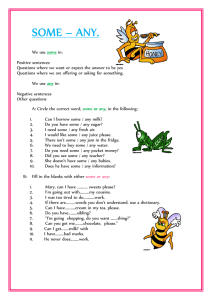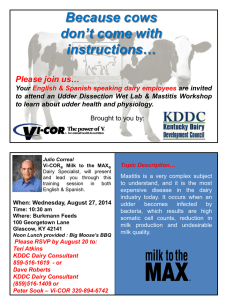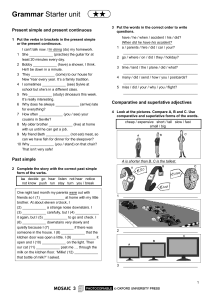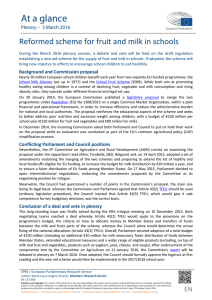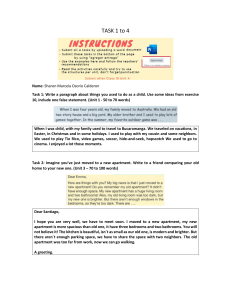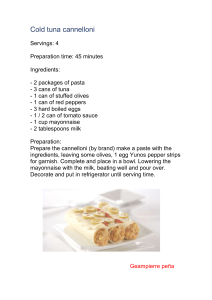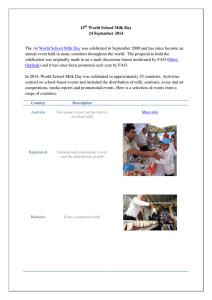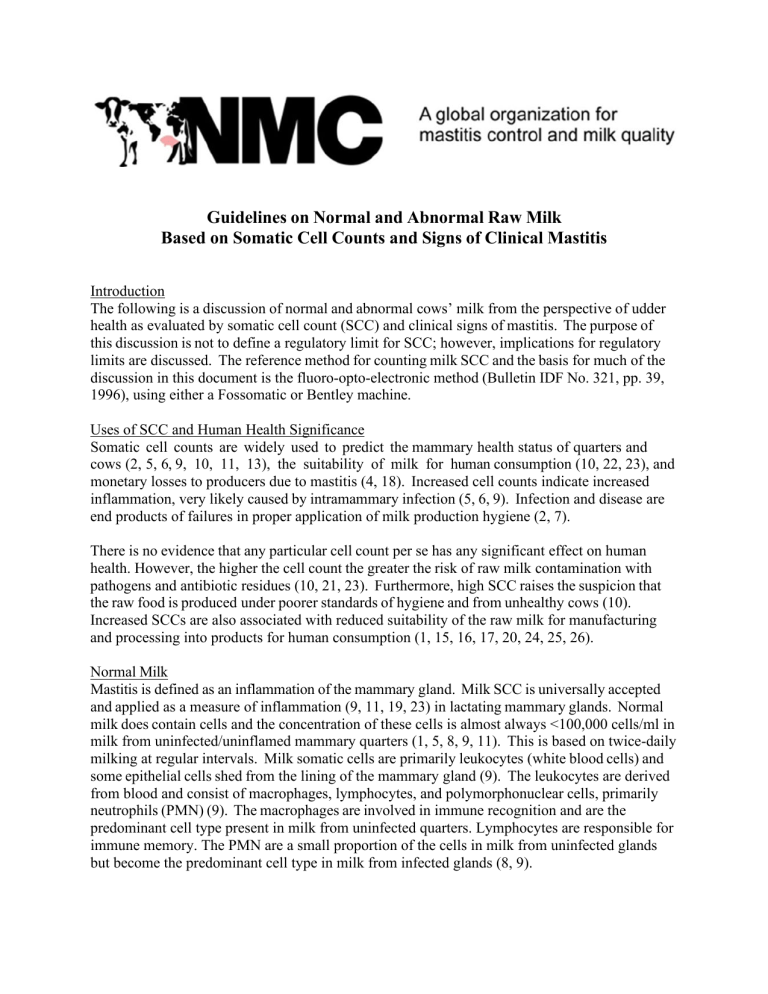
Guidelines on Normal and Abnormal Raw Milk Based on Somatic Cell Counts and Signs of Clinical Mastitis Introduction The following is a discussion of normal and abnormal cows’ milk from the perspective of udder health as evaluated by somatic cell count (SCC) and clinical signs of mastitis. The purpose of this discussion is not to define a regulatory limit for SCC; however, implications for regulatory limits are discussed. The reference method for counting milk SCC and the basis for much of the discussion in this document is the fluoro-opto-electronic method (Bulletin IDF No. 321, pp. 39, 1996), using either a Fossomatic or Bentley machine. Uses of SCC and Human Health Significance Somatic cell counts are widely used to predict the mammary health status of quarters and cows (2, 5, 6, 9, 10, 11, 13), the suitability of milk for human consumption (10, 22, 23), and monetary losses to producers due to mastitis (4, 18). Increased cell counts indicate increased inflammation, very likely caused by intramammary infection (5, 6, 9). Infection and disease are end products of failures in proper application of milk production hygiene (2, 7). There is no evidence that any particular cell count per se has any significant effect on human health. However, the higher the cell count the greater the risk of raw milk contamination with pathogens and antibiotic residues (10, 21, 23). Furthermore, high SCC raises the suspicion that the raw food is produced under poorer standards of hygiene and from unhealthy cows (10). Increased SCCs are also associated with reduced suitability of the raw milk for manufacturing and processing into products for human consumption (1, 15, 16, 17, 20, 24, 25, 26). Normal Milk Mastitis is defined as an inflammation of the mammary gland. Milk SCC is universally accepted and applied as a measure of inflammation (9, 11, 19, 23) in lactating mammary glands. Normal milk does contain cells and the concentration of these cells is almost always <100,000 cells/ml in milk from uninfected/uninflamed mammary quarters (1, 5, 8, 9, 11). This is based on twice-daily milking at regular intervals. Milk somatic cells are primarily leukocytes (white blood cells) and some epithelial cells shed from the lining of the mammary gland (9). The leukocytes are derived from blood and consist of macrophages, lymphocytes, and polymorphonuclear cells, primarily neutrophils (PMN) (9). The macrophages are involved in immune recognition and are the predominant cell type present in milk from uninfected quarters. Lymphocytes are responsible for immune memory. The PMN are a small proportion of the cells in milk from uninfected glands but become the predominant cell type in milk from infected glands (8, 9). The PMN are a primary means of defense against an invasion of the mammary gland by microorganisms and intramammary infection is the major determinant of the concentration of cells in milk (9). Research has clearly shown that environmental or physiological factors, such as lactation number, stage of lactation, estrus, mild exercise, and heat stress, have marginal effects on SCC from uninfected (bacteriologically negative) quarters (5, 6, 9, 14). Abnormal Milk Clinical mastitis is, by definition, “abnormal milk” and no reference to SCC is required (12). However, clinical mammary quarters will almost always have SCC >200,000 cells/ml. Milk from healthy, uninfected mammary glands has a white to white-yellow appearance and is free of flakes, clots, or other gross alterations in appearance. Such abnormalities are indicators of milk that is unsuitable for human consumption. The vast majority of these abnormalities appear as a result of bacterial infection of the mammary gland. In general, the more severe the infection, the greater the abnormal appearance of the secretion from the infected quarter. When quarter SCCs are ≥200,000 cells/ml and bacteria are isolated in the absence of clinical changes, then the quarter is defined as being subclinically infected or is designated as having subclinical mastitis. At what SCC should quarter milk be considered abnormal? Mammary quarters from which no microorganisms can be isolated and that have no history of recent infection will almost always have a SCC <100,000 cells/ml (1, 8, 9, 11). When cell counts in quarter milk are ≥200,000 cells/ml, the odds favor that the quarter is infected or is recovering from infection (4, 9, 11, 19). A cell count >200,000 cells/ml is a clear indication that an inflammatory response has been elicited (subclinical mastitis), the quarter is likely to be infected, and the milk has reduced manufacturing properties, such as reduced shelf life of fluid milk and reduced yield and quality of cheese (1, 5). At our current state of knowledge, cell counts of 100,000 to 199,999 cells/ml represent a range of counts difficult to attribute to inflammation and/or intramammary infection. Implications for Cow, Herd, and Regulatory SCC Composite milk is the result of commingling of milk from a cow’s four independent mammary quarters. All, some, or none of these mammary quarters may be producing abnormal milk. Herd bulk tank milk is the commingling of milk from all quarters in the herd, some of which are very likely producing abnormal milk. Composite milk from an individual cow or from a herd of cows is not easily defined on the basis of normal or abnormal. Herd composite milk is best defined on the basis of suitability. A herd bulk tank SCC (BTSCC) indicates the percentage of infected quarters in the herd (6) and by inference, the percentage of quarters producing abnormal milk. Thus, the upper limit of SCC, as determined by a regulatory agency, is the determining factor for establishing suitability (10). Suitability varies among countries and processors. Furthermore, suitability is likely to vary among consumers (23). Clearly, the fewer quarters producing abnormal milk, the more suitable the product becomes for human consumption. As a broad guide, at a BTSCC of 200,000 cells/ml, up to 15% of cows will be infected in one or more quarters (3, 6). Each additional increase in BTSCC of 100,000 cells/ml indicates a further increase in infection rate of 8% to 10%. At 400,000 cells/ml, perhaps one-third of cows contributing milk to the supply will be infected; and at 700,000 cells/ml, about two-thirds of the cows will be infected (3, 6) and contributing abnormal milk to the supply. Conclusions Normal milk is that from a mammary quarter with a SCC <100,000 cells/ml. The presence of flakes, clots, or other gross alterations in appearance of quarter milk is evidence of clinical mastitis and is by definition, abnormal milk. The designation of quarter milk as clinical does not require reference to SCC; however, SCC of clinical quarters will almost always be >200,000 cells/ml. Based on the likelihood of infection and altered manufacturing properties, milk from a mammary quarter with an SCC ≥200,000 cells/ml, with or without clinical signs, is abnormal milk. The status of the milk from quarters producing milk with an SCC of 100,000 cells/ml to 199,000 cells/ml is debatable at our current level of knowledge. References 1. Barbano, D.M. 1999. Influence of mastitis on cheese manufacturing. In: Practical Guide for Control of Cheese Yield, International Dairy Federation, Brussels, Belgium. pp. 19-27. 2. Barkema, H.W., J.D. Van Der Ploeg, Y.H. Schukken, T.J.G.M. Lam, G. Benedictus, and A. Brand. 1999. Management style and its association with bulk milk somatic cell count and incidence rate of clinical mastitis. J. Dairy Sci. 82:1655-1663. 3. Brolund, L. 1985. Cell counts in bovine milk. Causes of variation and applicability for diagnosis of subclinical mastitis. Acta Vet. Scan. Supple. 80, 1-123. 4. DeGraves, F.J., and J. Fetrow. 1993. Economics of mastitis and mastitis control. Vet. Clin. North Am: Food Anim. Pract. 9(3): 421-434. 5. Dohoo, I.R., and A. H. Meek. 1982. Somatic cell counts in bovine milk. Can. Vet. J. 23:119- 125. 6. Eberhart, R.J., L.J. Hutchinson, and S.B. Spencer. 1982. Relationships of bulk tank somatic cell counts to prevalence of intramammary infection and to indices of herd production. J. Food Prot. 45:1125-1128. 7. Fenlon, D.R., D.N. Logue, J. Gunn, and J. Wilson. 1995. A study of mastitis bacteria and herd management practices to identify their relationship to high somatic cell counts in bulk tank milk. Br. Vet. J. 151:17-25. 8. Hamann, J. 1996. Somatic cells: factors of influence and practical measures to keep a physiological level. Mastitis Newsletter, Newsletters of the IDF No. 144, pp. 9-11. 9. Harmon, R.J. 1994. Physiology of mastitis and factors affecting somatic cell counts. J. Dairy Sci. 77:2103-2112. 10. Heeschen, W.H. 1996. Mastitis: The disease under aspects of milk quality and hygiene. Mastitis Newsletter, Newsletters of the IDF No. 144, pp. 16. 11. Hillerton, J.E. 1999. Redefining mastitis based on somatic cell count. Bull. Int. Dairy Fed. No. 345, pp. 4-6. 12. International Dairy Federation. 1999. Suggested interpretation of mastitis terminology. Bull. Int. Dairy Fed. No. 338, pp. 3-26. 13. Kitchen, B.J. 1981. Review of the progress of Dairy Science: Bovine mastitis: milk compositional changes and related diagnostic tests. J. Dairy Res. 48:167-188. 14. Laevens, H., H. Deluyker, Y.H. Schukken, L. de Meulemeester, R. Vandermeersch, E. de Muelenaere, and A. de Kruif. 1997. Influence of parity and stage of lactation on the somatic cell count in bacteriologically negative dairy cows. J. Dairy Sci. 80:3219-3226. 15. Ma, Y., C. Ryan, D.M. Barabano, D.M. Galton, M.A. Rudan, and K.J. Boor. 2000. Effects of somatic cell count on quality and shelf-life of pasteurized fluid milk. J. Dairy Sci. 83:264274. 16. Politis, I., and K.F. Ng-Kwai-Hang. 1988. Effects of somatic cell count and milk composition on cheese composition and cheese making efficiency. J. Dairy Sci. 71:1711-1719. 17. Politis, I., and K.R. Ng-Kwai-Hang. 1988. Association between somatic cell counts of milk and cheese yielding capacity. J. Dairy Sci. 71:1720-1727. 18. Raubertas, R.F., and G.E. Shook. 1982. Relationship between lactation measures of somatic cell concentration and milk yield. J. Dairy Sci. 65:419-425. 19. Reichmuth, J. 1975. Somatic cell counting - interpretation of results. Bull. Int. Dairy Fed. No. 85, pp. 93-109. 20. Saeman, A.I., R.J. Verdi, D.M. Galton, and D.M. Barbano. 1987. Effect of mastitis on proteolytic activity in bovine milk. J. Dairy Sci. 71:505-512. 21. Savelle, W.J.A., T.E. Wittum, and K.L. Smith. 2000. Association between measures of milk quality and risk of violative antimicrobial residues in grade-A raw milk. JAVMA 217:541-545. 22. Smith, K.L. 1996. Standards for somatic cells in milk: Physiological and regulatory. Mastitis Newsletter, Newsletters of the IDF No. 144, pp. 7-9. 23. Smith, K.L. and J.S. Hogan. 1999. A world standard for milk somatic cell count: is it justified? Bull. Int. Dairy Fed. No. 345, pp. 7- 10. 24. Verdi, R.J., and D.M. Barbano. 1991. Effect of coagulants, somatic cell enzymes and extracellular bacterial enzymes on plasminogen activation. J. Dairy Sci. 74:772-782. 25. Zachos, T., I. Politis, R.C. Gorewit, and D.M. Barbano. 1992. Effect of mastitis on plasminogen activator activity of milk somatic cells. J. Dairy Res. 59:461-467. 26. Zecconi, A. 1997. Somatic cells and their significance for milk processing (technology). Mastitis Newsletter, Newsletters of the IDF No. 144, pp. 11-14. This document was authored by K. Larry Smith, The Ohio State University, Wooster, Ohio, USA; J. Eric Hillerton, Institute for Animal Health, Compton, Newbury, UK; and Robert J. Harmon, University of Kentucky, Lexington, Kentucky, USA. It was subsequently reviewed by the National Mastitis Council Research Committee and approved by the Board of Directors, February 2001. Published 2001.
